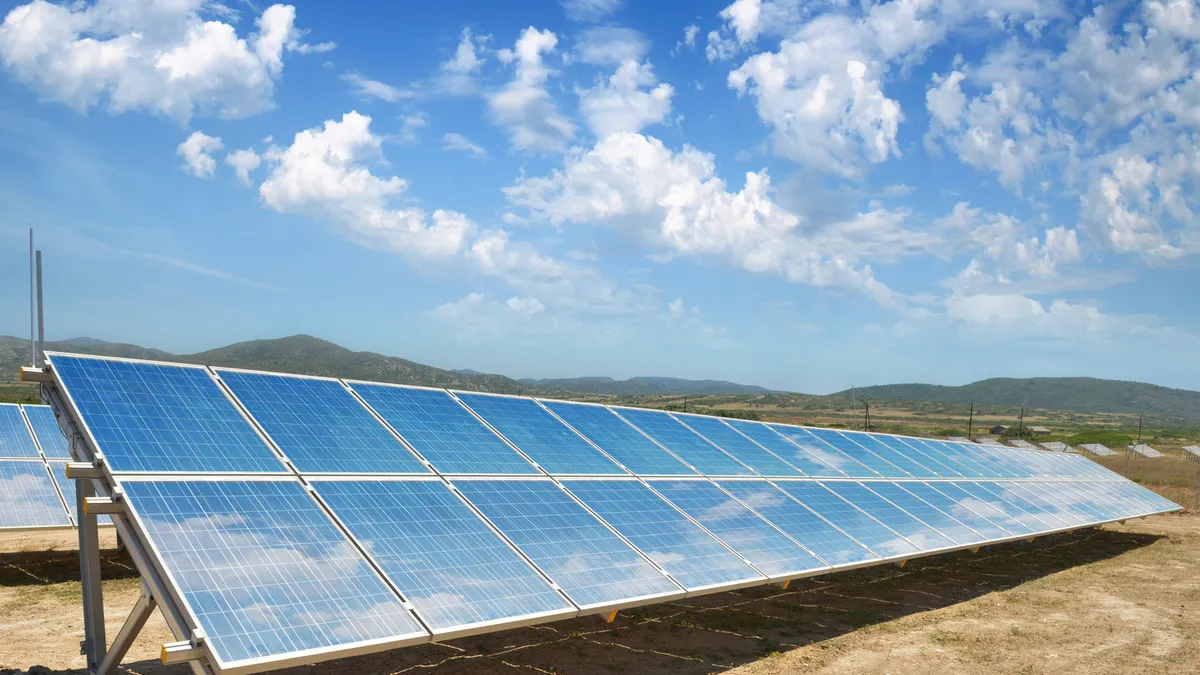Dive Brief:
-
The Minnesota Public Utilities Commission (PUC) has adopted a “value of solar” approach for determining how community solar customers will be paid for the power the projects produce, according to Midwest Energy News.
-
The value of solar methodology incorporates external factors such as avoided transmission investments, the health and environmental effects of clean energy, and the extent to which solar power can ease the burden on the electric grid.
-
Minnesota is the first state in the nation to adopt a value of solar approach for community solar. Prior to Minnesota’s move, Austin Energy is the only utility in the country that used a value of solar calculation.
Dive Insight:
Community solar has been touted as one of the strongest potential markets for solar power growth, and Minnesota is seen as one of the states with the most potential. But the state’s community solar program has faced problems getting established.
In April, an independent engineer appointed by the Minnesota PUC said Xcel Energy was throwing up roadblocks to the development of community solar in the state.
In a blog, environmental advocacy group Fresh Energy said value of solar rates would increase pricing transparency for solar garden customers, stakeholders and regulators while reducing financing costs and improving access to community solar for low and middle income subscribers.
Fresh Energy expects 400 MW to 450 MW of community solar projects to enter service by the end of 2017, policy director Allen Gleckner wrote.
As part of the ruling the PUC also to continue to prohibit co-located gardens and limit the size of them to 1 MW. Originally the community solar program had allowed for the co-location of up to five 1-MW projects.
To date, only three community solar projects, totaling less than 1 MW, have come online in Minnesota. Xcel expects 200 MW of community solar to enter service by the end of 2016, rising to 400 MW to 450 MW by the end of 2017.
















